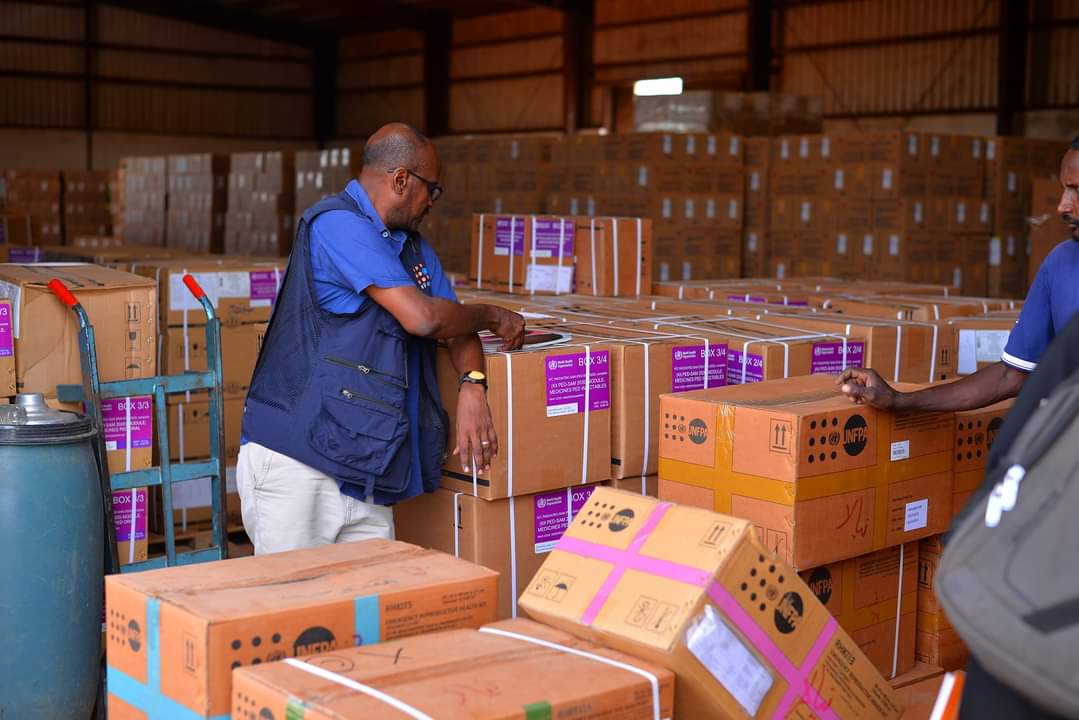Over half of aid worker deaths worldwide occur in two countries
Khartoum, September 39(Darfur 24)” Sudan and South Sudan are the most dangerous countries in the world for aid workers today,” according to the United Nations Office for the Coordination of Humanitarian Affairs (OCHA).
Recent data showed that about six out of every ten aid workers who died this year were killed in these two countries.
Speaking to reporters in Geneva on Friday, OCHA spokesman Jens Laerke said of the 71 deaths of aid workers recorded so far this year, 22 of them died in South Sudan and 19 in Sudan, according to the Aid Worker Security Database, a network that collects… data.
According to Mr. Larquet, most of the victims are local humanitarian workers working on the front lines to deliver humanitarian aid to the needy.
He warned that the situation in Sudan “is perhaps the most depriving crisis in the world today.” He said that humanitarian relief currently reaches 3.5 million people in the country, but there are 18 million people in need of assistance, but “there are many difficulties to reach them with this aid.”
He added: “Attacks on aid workers and relief facilities are violations of international humanitarian law, and we insist that their perpetrators must be held accountable. Parties to conflict, such as the conflict we are witnessing in Sudan, have obligations to respect the laws of war without exception.”
Severe lack of funding
Both countries’ humanitarian response plans face funding shortfall.
The Sudan Response Plan was only 32 percent funded, receiving $813 million of the $2.6 billion requested.
While the situation of the plan for South Sudan is slightly better, with funding levels reaching 53 percent.
Mr. Laerke noted that about 75 percent of the total funding for these two humanitarian emergencies comes from three donors: the United States, the European Union, and the United Nations Central Emergency Relief Fund.
What’s coming is greater
More broadly, overall funding for global humanitarian responses faces “the largest funding gap ever.” Of the $56 billion requested, only $17 billion has been received so far, with only three months remaining until the end of the year.
A spokesman for the Office for the Coordination of Humanitarian Affairs said that funding for these plans would likely reach half by the end of the year, but described these expectations as “sad” given the scale of global needs.
He also raised concerns that next year “will be worse,” after two major donors to humanitarian efforts, the United States and the European Union, warned the office that they expected cuts to their budgets.
Laerke expressed concern about the limited nature of the donor base, stressing that any reduction in funding by a major donor, even if slight, could have a “significant impact” on all UN humanitarian plans.
It is worth noting that most of the humanitarian funding comes from only 20 donors. The five largest donors – the United States, the European Union, Germany, Japan and Sweden – cover 65 percent of available humanitarian funding.

